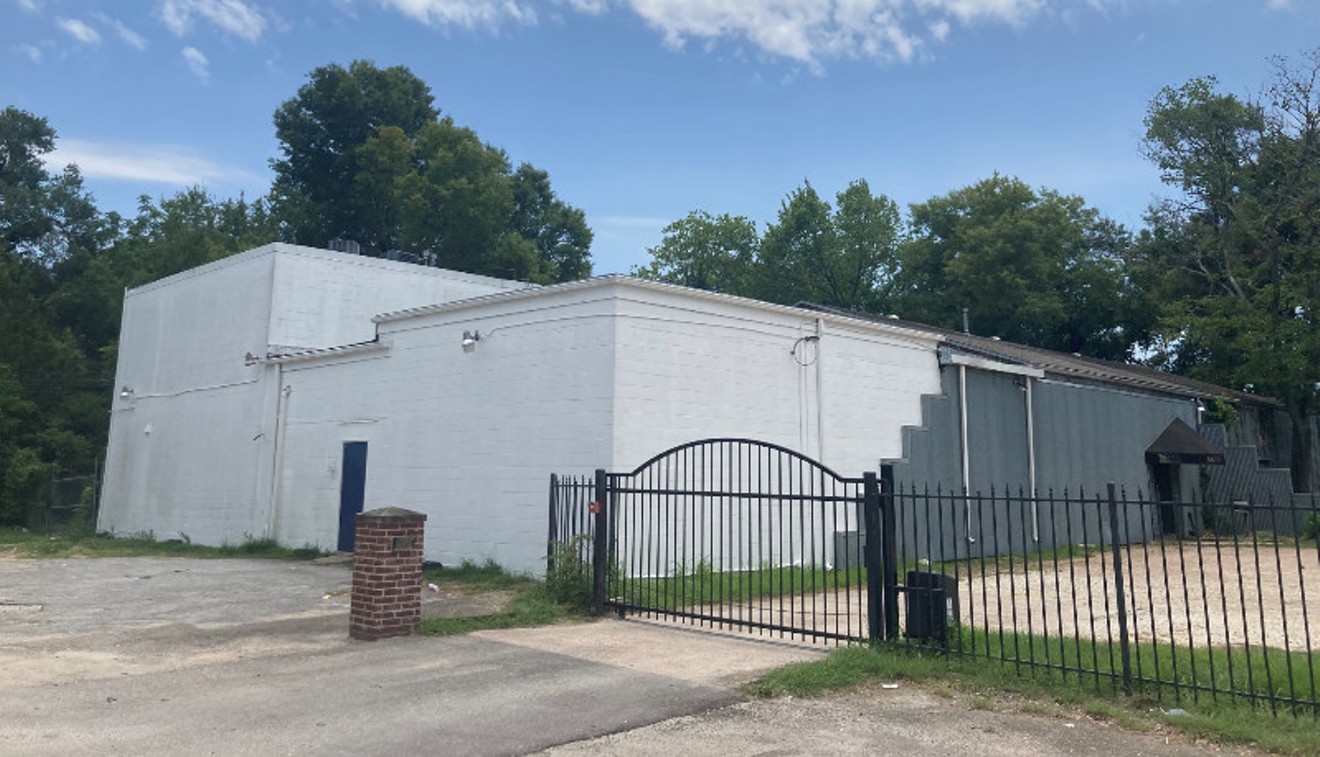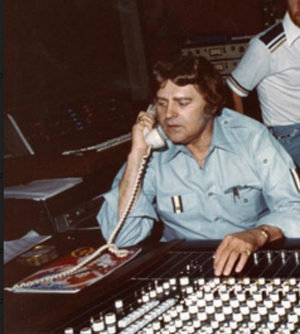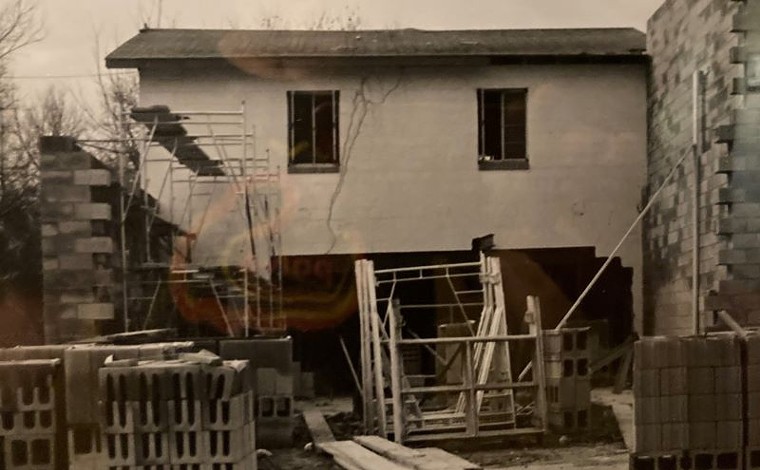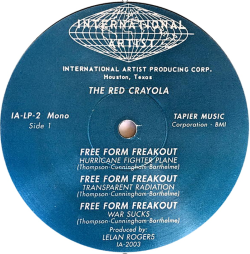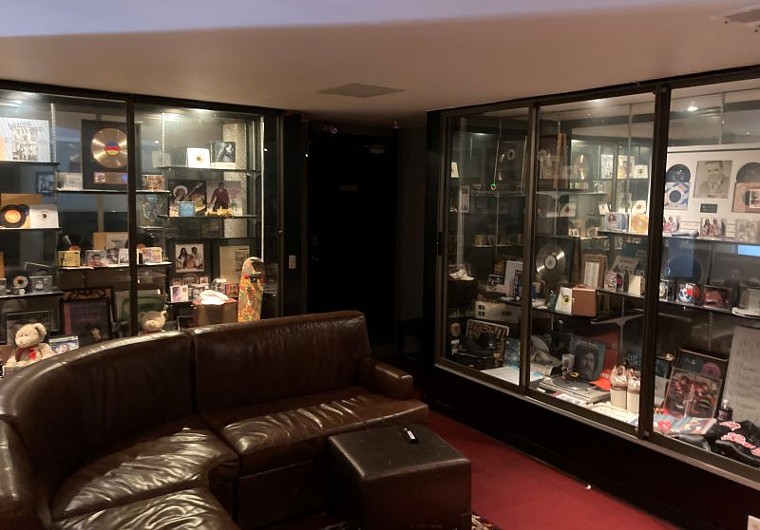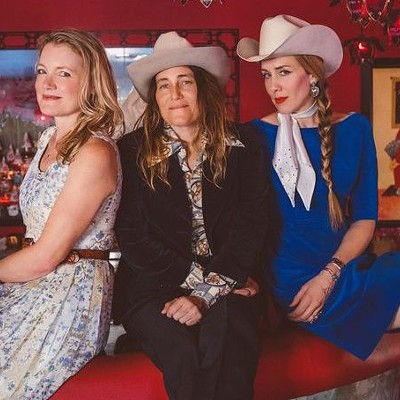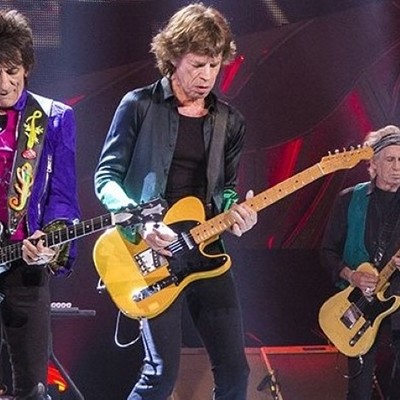Fifty years ago this summer, a former barber from Louisiana with a thick Cajun accent was driving around East Houston scouting locations to open his dream recording studio. Raised in a shack in Vermilion Parish by his sharecropping parents, he had barely finished high school when made a name for himself on KPAC-AM in Port Arthur, adopting the moniker The Crazy Cajun.
This eventually led to bigger and brighter musical opportunities, including recording and producing records by some of the finest musicians from Texas, including Sir Douglas Quintet, Lightning Hopkins, and Archie Bell. On that fateful day in 1972, when he purchased 5626 Brock Street at a bankruptcy auction, the Crazy Cajun knew this was his dream space. He knew the storied history of the studio, formerly known as Gold Star, and could already imagine the sweet sounds that would emanate from its halls. And he named it Sugar Hill.
That man was Huey P. Meaux.
Meaux was very familiar with the studio space in Pine Valley, just six blocks south of the Gulfgate shopping center, as he had visited it multiple times throughout the late 1950s and 1960s. It appears that his very first visit to Brock Street was on June 30, 1958, when Meaux accompanied fellow DJ from Beaumont J.P. “The Big Bopper” Richardson to the Gold Star studios where the famous track “Chantilly Lace” was recorded, eventually climbing the charts where it remained for over 22 weeks.
Meaux was informally managing The Big Bopper at the time, though that relationship ended abruptly when Richardson died in a plane crash (as did Buddy Holly and Richie Valens). Meaux was also in the studios in 1965 when another musical act he was managing, Sir Douglas Quintet, recorded their famous track “She’s About a Mover.” According to several sources, it was Meaux who dubbed the band “Sir Douglas” in an effort to gentrify the San Antonio rockers into a British-sounding group who could better compete with the onslaught of British bands on the radio.
From his earliest days in radio, the Crazy Cajun had a knack for promoting groups and even penning an occasional song (Meaux’s song “Breaking Up Is Hard To Do” was recorded in 1959 by Jivin’ Gene and The Jokers for Mercury Records but failed to score success).
In 1972, when he purchased the vacant Gold Star Studios building on Brock Street, his career in the music business was stalled, after spending much of 1967 and some of 1968 in a Texas prison for violating the Mann Act and transporting underage females over state lines. Meaux’s obsession with young girls would eventually land him in prison in 1996, but on that day when he rebranded the old Gold Star Recording studio “Sugar Hill Studios” and started recording groups in the summer of 1972, his future seemed bright.
The Origins of Gold Star
While Houston has always had its fair share of famous musicians, it has never had a national reputation like Nashville or Memphis when it comes to recording studios and facilities. When William “Bill” Russell Quinn moved from New Jersey to Houston in 1939, he built a small studio on Telephone Road in a former gas station with the goal of recording ads and jingles for the radio.In 1946, he founded Gold Star Records with the intent of recording independent musicians, and in 1950, he relocated his operation to his family home at 5628 Brock Street. With his wife and son living on the second floor, he created a larger studio, albeit primitive by today’s standards.
Throughout the 1950s, Quinn recorded hundreds of gospel, country, blues, and Zydeco/Cajun musicians who would eventually find their way onto small, independent labels, including the likes of Dixie, Starday, and D Records (some of the first George Jones tracks were recorded there for Starday and Dixie Records, and the very first Willie Nelson song on D Records was also recorded at Gold Star). To say the studio was makeshift would be an understatement: Quinn converted the first-floor kitchen of the family home into the primary recording studio.
Due to the success of The Big Bopper and a few other musical acts, Quinn constructed a larger building around the existing family home on Brock Street, more than tripling the size of the studio, adding newer recording equipment, additional bathrooms, and a proper engineering room that overlooked the main studio. And through an arrangement with Houston entrepreneur Harold W. ‘Pappy’ Daily, Quinn leased his newly renovated studio space to fledgling labels looking for a cheap location to record songs.
According to House of Hits, the comprehensive history of the studio by Andy Bradley and Roger Wood, Gold Star was a desirable location in 1960, because a record producer “could cut [a song] for five dollars per song per man [while] in Nashville, it was $41.25 per man per three-hour session.” Musical entrepreneurs like Pappy Daily took advantage of the cheap rates, recording as many new and emerging artists as they could, all looking to find success on the charts.
When Huey P. Meaux came to Gold Star in 1965, his goal was to transform Doug Sahm and the young San Antonio group Sir Douglas Quintet into the next sensation on the rock scene. Three 45s by Sir Douglas (all released on Meaux’s own Tribe Records ) were cut at Gold Star, including the epic “She’s About A Mover,” a hit for the group that made a splash both nationally and internationally, leading to a much coveted spot on American Bandstand.
Meanwhile, Bill Quinn had relinquished control of Gold Star to J.L. Patterson, who had much deeper connections in the music industry, bringing in Black musicians more frequently to record blues, rock-n-roll, and Zydeco (including artists like Albert Collins and Clifton Chenier). And while Patterson and his HSP Corporation had some success at Gold Star, Patterson’s poor and unethical business practices ultimately sent him to jail and the studios were sold in 1965 to a record company that would help usher in a new era for the studio capitalizing on the emerging genre of music: psychedelic rock.
New Sounds and New Management
In the summer of 1965, International Artists incorporated in Houston and took over operations at Gold Star. The sale and transfer of ownership was facilitated by Fred Carroll, who sold the property to a group of Houston lawyers interested in turning a profit but who were all neophytes in the music industry.With skilled sound engineers Frank Davis and Walt Andrus managing the mics and boards, IA hired Kenny Rogers’ brother Lelan to serve as both the studio manager and an A & R man, overseeing the releases of innovative rock music by the 13th Floor Elevators, The Red Crayola, Bubble Puppy, Lost & Found, and The Golden Dawn, among others. Of these groups, Roky Erickson and the 13th Floor Elevators (the first IA group to record at Brock Street) had the biggest impact on American music.
With their claims of inventing the term “psychedelic music,” a performance on Dick Clark’s American Bandstand, and multiple West Coast appearances in San Francisco and Los Angeles, the 13th Floor Elevators would become one of the most influential groups to ever record at Gold Star. As documented in multiple publications, including Paul Drummond’s Eye Mind: The Saga of Roky Erickson & The 13th Floor Elevators, Roky’s trouble with the law and drug arrests hamstringed the band’s development and they disbanded in 1969. But not before recording three spectacular albums for IA at Brock Street: The Psychedelic Sounds of the 13th Floor Elevators (1966), Easter Everywhere (1967), and Bull of the Woods (1969).
Less of a success on the music charts but equally innovative and talented, Houston’s The Red Crayola started as a trio of students from University of St. Thomas. The brainchild of Mayo Thompson, The Red Crayola enjoyed complete creative freedom in the rooms of Gold Star and set out to explore new and challenging rock sounds with their first album The Parable of Arable Land (1967) and subsequent God Bless the Red Krayola and All Who Sail With It (1967).
Both the 13th Floor Elevators and The Red Crayola became fixtures on the Texas psych scene in the late 1960s, often performing at Houston’s Love Street Light Circus Feel Good Machine on Buffalo Bayou, as well as in clubs in Austin and Dallas. Other notable groups that recorded in the space during IA’s tenure included psych groups like Bubble Puppy and The Golden Dawn, plus blues legend Lightning Hopkins.
In the end, IA released a dozen albums and almost 40 singles before the company folded in late 1970 and vacated their five-year residency at Brock Street. The doors were locked by 1971, the property was turned over to attorneys, and the 21-year successful run of Gold Star Studios seemed over.
Meaux Returns With a Vision
When Huey P. Meaux dusted off the sound board and equipment at 5626 Brock Street in early 1972, he was well aware of the full magic of the space and its potential. According to House of Hits, Meaux chose the name Sugar Hill because “it did not evoke any particular music genre and thus would leave the future of the enterprise open to any potential type of production.”Musically, the artists who would record at Sugar Hill represented a broad spectrum of musical styles and genres. Some of the acts that Meaux brought into the studios beginning in 1972 included Bobby Bland and Little Royal; Black R & B/soul artists who gained national recognition with their respective releases on Duke Records and Tri-Us (Meaux’s own imprint label).
While Bobby Bland scored higher in the charts, Little Royal (Terrence) was a force to be reckoned with on the Texas club circuit. A funky crooner originally from North Carolina who led a popular band, The Swingmasters, Little Royal recorded over three dozen tracks at SugarHill, most of which were released on Meaux’s Tri-Us. His suave demeanor and looks gained him the nickname of “James Brown’s little brother.”
Other celebrated rock and country artists who recorded there in the 1970s included Little Feat, Todd Rundgren, Noel Redding, Kinky Friedman, Ronnie Milsap, Dr. John, Merle Haggard, and Waylon Jennings.
Freddy Fender had been performing as a rockabilly act on the club circuit around Houston and Corpus Christi for almost a decade when Huey P. Meaux invited him to Sugar Hill in late 1973. Under Meaux’s management and direction, Fender eventually found success on the charts with his No. 1 hit “Before the Next Teardrop Falls” recorded at Sugar Hill in early 1974. After it sold over one million records, RIAA issued a gold disc that Meaux proudly displayed in his office on Brock Street. Fender would go on to record and release another six albums of material there, and Meaux would go on to collect over two dozen gold records for tracks that were recorded in the hallowed halls of Sugar Hill.
More hurdles
In August of 1983, Hurricane Alicia destroyed part of 5626 Brock Street and it took several months to get the space up and running again. By that time, as noted in House of Hits, “the recording equipment had not been updated since the 1970s and poor maintenance had caused quality control to decline.”Meaux lacked a steady flow of new and emerging artists coming through and so he rented out the studio starting in 1984 but not much was happening. Enter recording engineer Andy Bradley in 1984, who helped oversee the rehabilitation of the space. As he stated recently over email:
“The big room (the converted house) had drowned from a hurricane that had damaged the room. It was inoperable. They had moved everything into the Gold Star room. So I kicked all the other engineers out who were drunks and drug addicts with Huey’s permission. In early 1985, with quite a bit of help, I rebuilt the big room and we were back in business.”
Agreeing to let Meaux maintain an office and remain as the face of Sugar Hill, Bradley and his colleagues brought in newer gear, refurbished the studios, and accommodated clients that included the likes of Culturcide and Lucinda Williams.
Meaux remained in the shadows, with his backroom office where he was able to entertain musicians, and conduct "other business." Huey Meaux had “his own separate entrance from the back” where he could come and go unannounced. The shady side of Meaux was exposed in January of 1996, after a police investigation and raid of his Sugar Hill office turned up Polaroids of nude, underaged girls in compromising positions. Meaux was arrested on child pornography, sex with a minor, and drug trafficking charges that sent him to prison for 10 years. He died at his home in Winnie, Texas, in April of 2011.
But the magical run of 5626 Brock Street could not be spoiled by the unlawful and unethical actions of the Crazy Cajun. Through the vision and guidance of Andy Bradley, Sugar Hill continued to build its reputation for excellent sound recordings, stellar studio spaces, vintage instruments and equipment, and an unparalleled vibe that musicians enjoy in order to maximize their creative output. During his time at Sugar Hill, Bradley also co-wrote the definitive history of the studio in House of Hits (available on Amazon.com).
In December of 2017, Stephen Finley, Fred “Bubba” Hightower, and Ryan Youngblood purchased the studios and continued offering the same high level of services and dedication to making Sugar Hill one of the premier studios in Texas and the United States. The “go-to” recording location for many emerging hip-hop artists and R&B stars, Sugar Hill has recorded some of the greats in last two decades: 21 Savage, Lil Wayne, Quavo, Kevin Gates and most notably, Beyonce and Destiny’s Child.
On October 14, 2021, Mayor Sylvester Turner proclaimed it “Sugar Hill Studios Day,” commemorating the influence and impact that it has had on the cultural landscape of Houston over the last eight decades. It is reportedly the oldest continuously operating studio in the United States and has earned a respectable place in the greater music world. Andy Bradley noted, “I don’t believe any place has had the varied iconic history of 81 years except for Abbey Road.”
As long as musicians continue making the pilgrimage to Sugar Hill, the studio has the potential to produce many more influential albums that can be a part of its storied and rich legacy.

